The unbelievable story of Pope Formosus & Cadaver Synod stems from the political instability that effected Europe, after the death of Charlemagne also known as Charles the Great, who died on 28 January 814 AD. Emperor Charlemagne had united the majority of western and central Europe and was crowned emperor on 25 December 800, by Pope Leo III reviving the title in Western Europe. However, once the great emperor had died, the political stability would soon disappear from the land.
The instability was not just political but the papacy of Rome was also passing through a turbulent period. The small states & their monarchs of the erstwhile empire founded by Charlemagne were fighting among themselves for superiority. The grace of the Pope was required in many cases to bring a legal claim to the throne & hence royalty of the time wanted the people suitable for them, to be in the Pope’s chair. This ensured the political instability & unpredictability also affected the papal function; as a rapid succession of Popes occurred within a very short interval.
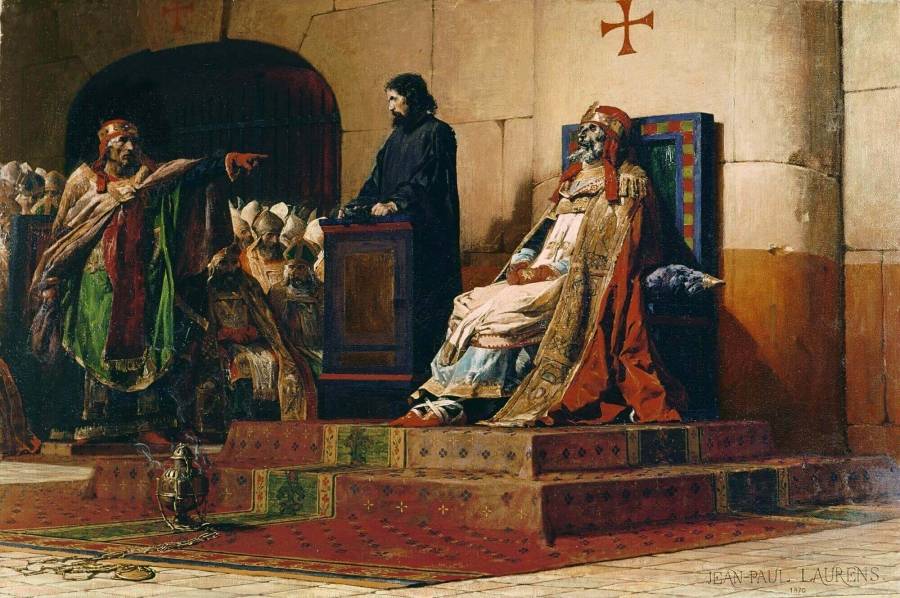
It was in this chaotic backdrop that Cadaver Synod (Cadaver meaning corpse & Synod means an assembly of clergy/a Presbyterian ecclesiastical court) was convened by Pope Stephen VI to conduct a posthumous ecclesiastical trial of Pope Formosus. The 9-month-old dead body of Pope Formosus was exhumed, made to sit on a throne and a trial undertaken against him. However, to understand the method in madness behind this whole procedure, we have to take a look at how this whole story started.
Pope Farmosus was born in 816 AD in the papal state of Ostia. Most of the details about his life come from the period after he became the Cardinal Bishop of Porto in 864 AD. A couple of years later, he was appointed as papal legate to Bulgaria by Pope Nicholas I. His work as a missionary was very successful and he became very well known & appreciated for spreading Catholicism in Bulgaria. However, his success also created enemies as his enemies accused him of aspiring to be a bishop of two places (which violated the policy of church) with the eyes on the papacy itself.
The incumbent Pope – John VIII became jealous and fearful of Formosus and accused him of unfairly using the Bulgarians to further his own ambitions, as the Bulgarians would not accept any other Bishop except Formosus. So Formosus was excommunicated from the church in 876 on orders of Pope John VIII himself.
However, Pope John VIII would not last for very long himself. He ultimately got the ignoble distinction of being the first Pope to be assassinated by his own people in 882 AD. He was first poisoned, and when the poison took too much time to work, the assassin cracked open his head with a hammer. However, for Formosus, the death of John VIII was a boon in disguise. He was forgiven by the successor of Pope John VIII – Pope Marinus I & who also officially restored his position in the suburbicarian diocese of Portus in the year 883 AD.
Following the death of Pope John VIII, 3 other Popes took charge in rapid succession. These were – Pope Marinus I, Pope Adrian III and Pope Stephen V. Fortune once again favored Formosus when he was elected Pope on 6th October 891 AD. However, even while discharging his duties as a Pope, his enemies continued to increase in number, who were somehow displeased with his decision. However, among the normal people, he was quite popular This became obvious when he died in April 896 because of a stroke.
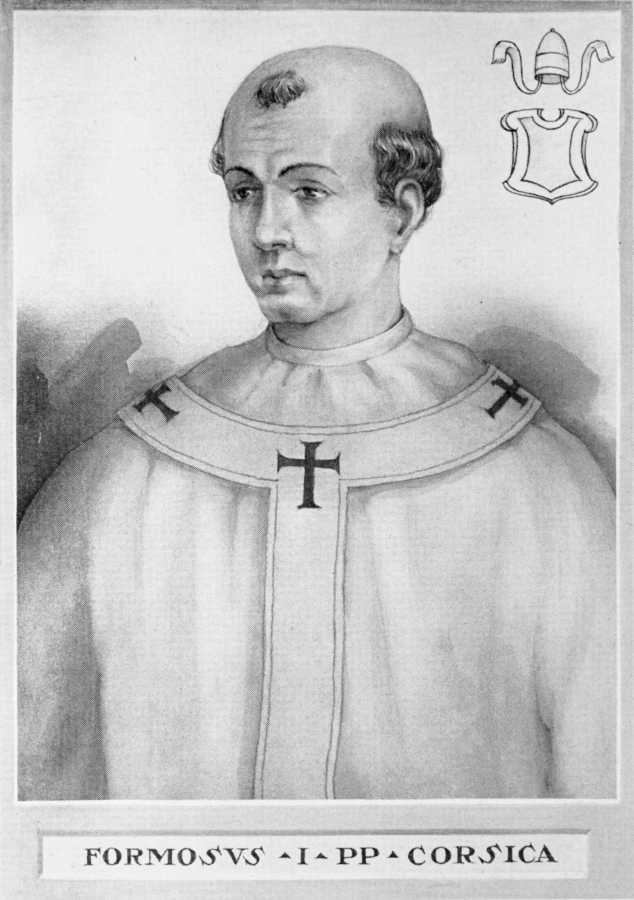
The people expressed their displeasure (as some suspected that Pope Formosus may have been poisoned) by rioting in the streets. The next Pope – Boniface VI was installed in haste to normalize the situation but he would suddenly die, only after 2 weeks, when Stephen VI was chosen as the next Pope, who would initiate the infamous, bizarre & macabre incidence of Cadaver Synod.
Pope Stephen VI had never liked Pope Farmosus, who he believed that had taken over the Papacy illegally. Besides Formosus had earlier opposed the Holy Roman Emperor of the time – Guy III of Spoleto and his son – Lambert of Spoleto & conspired with Arnulf of Carinthia to overthrow the emperor & make Arnulf of Carinthia, the next emperor, which he successfully did on 22nd February of 896 AD.
Pope Stephen VI had been a strong supporter of Guy III of Spoleto (and his son) and had a strong hatred for the deceased Pope for opposing the previous emperor. After Arnulf of Carinthia also died in 896 AD, the 16-year-old Lambert of Spoleto arrived at Rome, where he was crowned the King by Pope Stephen VI. It was clear that changing loyalties to changing monarchs in power played a great role behind Cadaver Synod.
Some scholars believe that besides Pope Stephen VI’s personal hatred for Pope Formosus, Lambert of Spoleto and his mother – Princess Agiltrude may have also pressurized Pope Stephen VI to start a humiliating trial against the deceased pope.
Whatever may have been the reason, Pope Stephen VI decided that Pope Formosus had to be put on a trial posthumously. However, Pope Stephen VI felt that the trial of Pope Formosus should be like that of a living person, and for this reason Pope Formosus’s corpse was exhumed in January 897 AD and brought to the papal court for judgment; the trial for which was held in Basilica San Giovanni Laterano in Rome in January 897 AD.
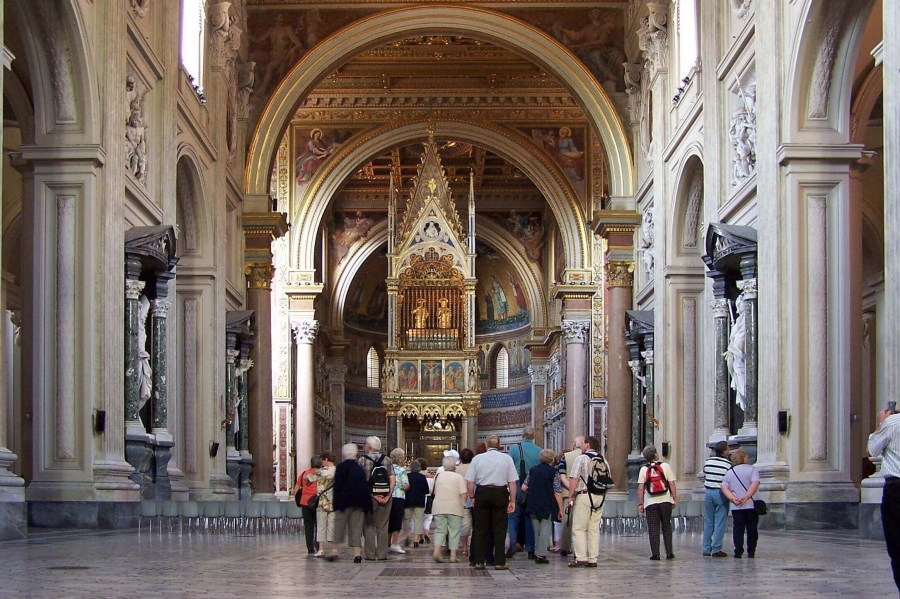
The rotting corpse of Pope Formosus was dressed in full Papal attire, propped up on a throne, and given a lawyer (a deacon in this case) to answer the charges leveled against him. The charges against the deceased Pope Formosus were multiple and included – breaking the church laws that all members of the church were supposed to follow, heresy, telling lies under oath and serving as a bishop while being a layman.
The deacon realizing that he could do very little about the whole situation kept quiet. The result of the trial was a foregone conclusion. Pope Formosus was found guilty on all charges and found unsuitable to have been holding the office of the Pope. Damnatio memoriae (condemnation of memory) was applied, which practically meant Pope Formosus's reign as a Pope was completely removed from the Papal records, which included declaring his decrees and acts as invalid.
Not satisfied with just humiliating the deceased Pope, Pope Stephen VI also decided to physically insult and disfigure Pope Formosus’s body. His robes were literally stripped off, the 3 fingers of his right hand that he used to bless people were cut off and Formosus’s body reburied in a commoner’s grave. Later the body was dug up once again and later thrown into Tiber river. However, a loyal monk somehow recovered the body and hid it.
Unfortunately, for Pope Stephen VI, the people of the time, who were already fed up with the politics of the clergy, decided to express their displeasure. Demands were made to remove Pope Stephen VI from the papacy and install someone who would act in a more rational way. Stephen VI soon found himself in jail and later was strangled in August 897 AD.
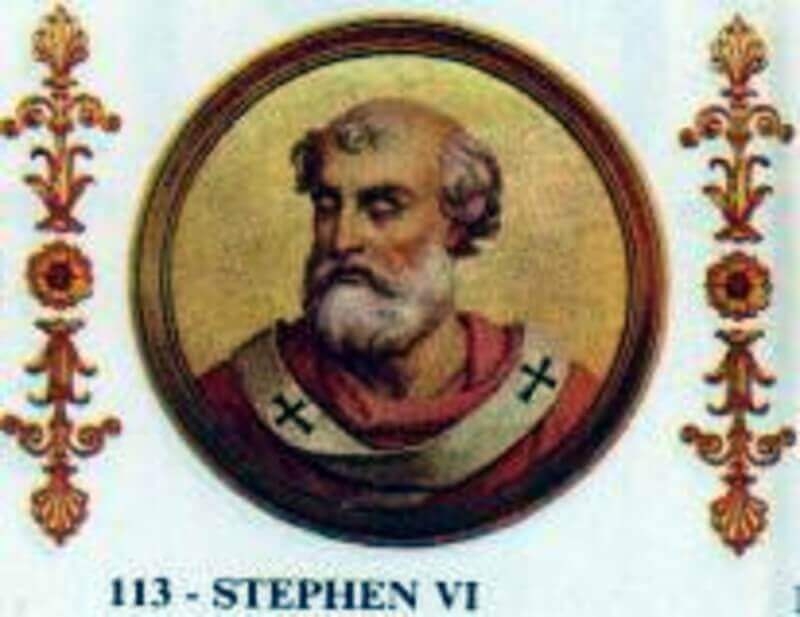
In December 897 AD, another synod was convened by Pope Theodore II, where the proceedings of Cadaver Synod were declared invalid & all declarations made against Pope Formosus were reversed and the acts and ordinations of Pope Formosus were reinstated. Pope Formosus's dead body was once again reburied with honor in Saint Peter’s Basilica in his formal official dress.
The decision taken by Pope Theodore II was again supported by Pope John IX in 898 AD, who nullified the Cadaver Synod & prohibited any future trial of a dead person. He also excommunicated seven cardinals who had taken part in Cadaver Synod.
However, these decisions taken by Pope Theodore II and Pope John IX were again overturned by Pope Sergius III, reaffirming the conviction of Pope Formosus. The reason for this was simple, Pope Sergius III (who was Pope from 904 AD to 911 AD) as a bishop had taken part in Cadaver Synod as a co-judge. He also had epitaph inscribed on the tomb of Stephen VI, praising him. Some rumors also maintain that Pope Sergius III had the body of Pope Formosus exhumed once again and had it beheaded, but these claims of this second Cadaver Synod are controversial and lacks sufficient proof to be taken seriously.
Majority of religious scholars agree that period of 9 and 10th century AD, was the “Nadir of Papacy” because of the numerous episodes of corruption & religious/political assassination that took place in this duration; as ruler of Papal states and other monarchs tried their best to put their own representatives in the papal chair.
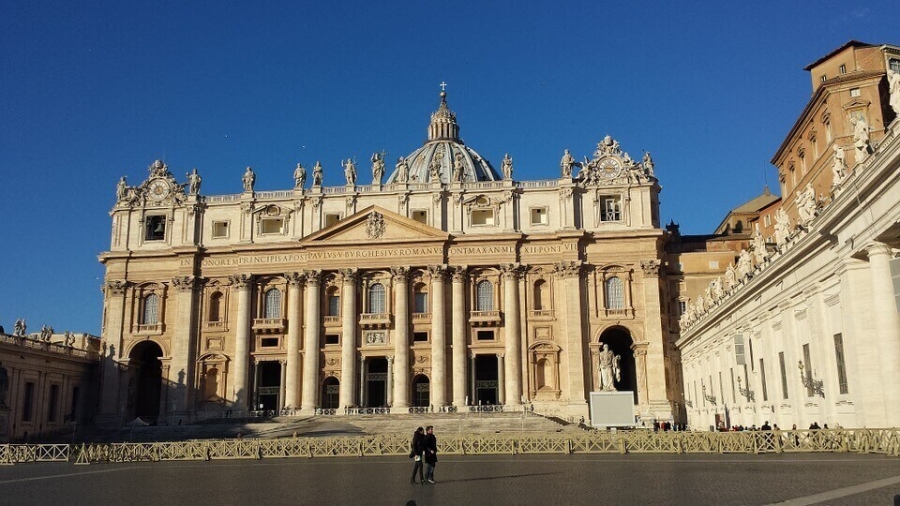
Many situations prevalent during the time finally led to the bizarre events that occurred during Cadaver Synod. Besides being the outcome of the secular kingdoms trying to control the Papacy & vice versa, the power struggle between the different kingdoms & clergy themselves played an important role. Perhaps the cause which is most easily believable is that Stephen VI who personally presided over the proceedings of the trial was believed to be insane by many.
Political instability led to Papal instability which finally led to the unfortunate tragic incidence of Cadaver Synod. Unfortunate, as the incidences like these were, the human race has certainly learned from their past follies. The result we can see in the modern world as the separation of the Church and State, which when working separately & honestly has the ability to form two strong pillars of human society.